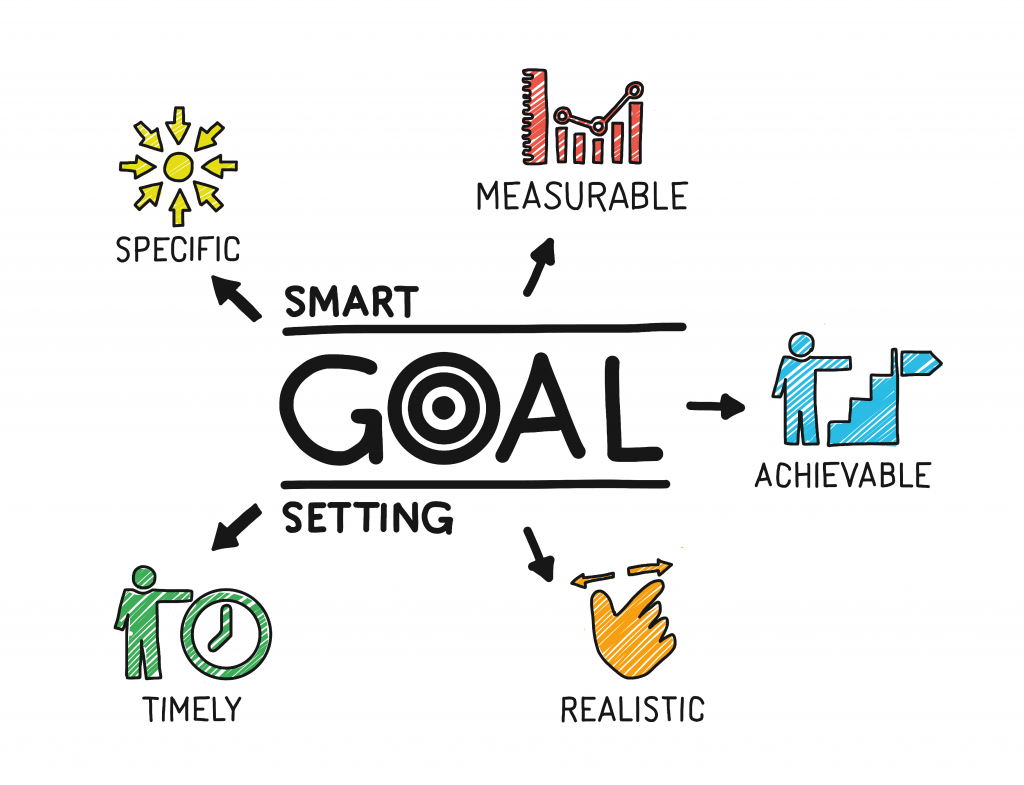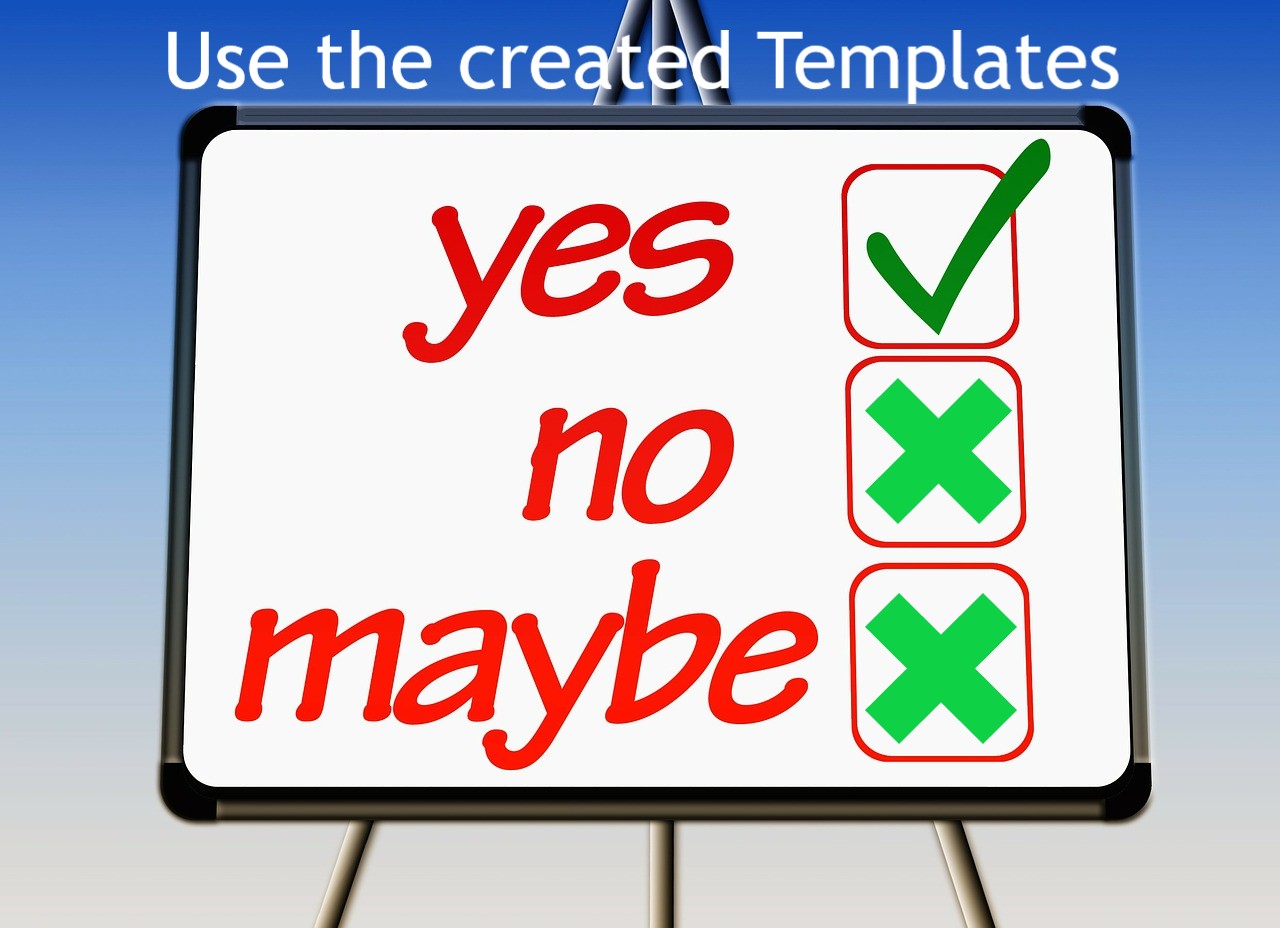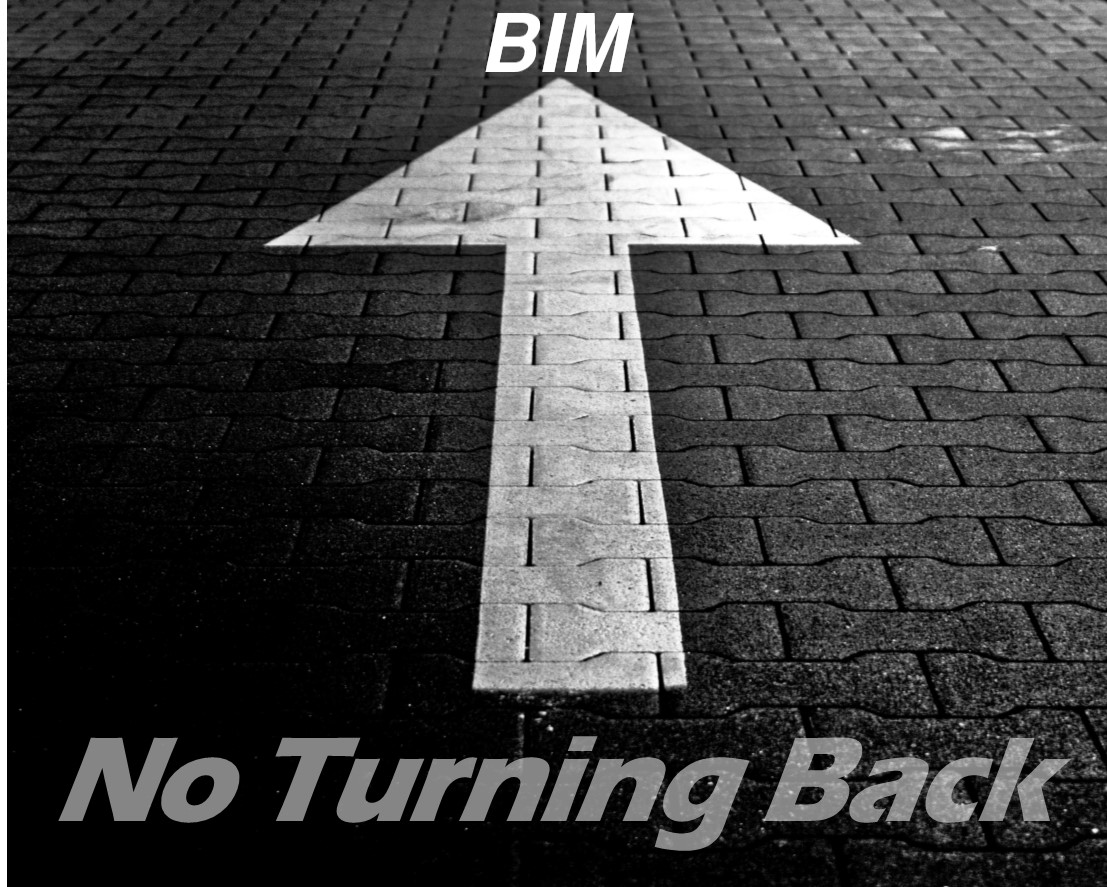6 Effective Ways To Get More Out Of BIM After Adoption

Building Information Modelling (BIM) is maturing! Realizing the value and true potential of BIM, AEC industry is moving towards its adoption and implementation throughout the lifecycle of a project—from the early planning, design, construction, operations—as well as a range of processes—like Clash Detection, 4D Scheduling, 5D Estimation, 6D sustainability, 7D Facility Management, and Scan to BIM in spite of certain concerns with regards to its adoption. But, what about BIM after adoption?
You can check my previous article based on Overcoming the Barriers ti BIM adoption in AEC industry!
For the ones who are not yet BIM equipped:- Have you decided to make the transition to Building Information Modelling (BIM) or have you already embarked on your journey with BIM? - This is indeed a good decision taken. But is that all….?
BIM adoption & implementation plan is not just about installing some new BIM software and getting the team trained to use it, rather, successful BIM implementation insists on careful and precise planning, change in attitude & willingness for a good change along with patience.
This article intends to shed some light on how to grow with BIM for the initial BIM adopters and helping to get started by putting BIM into practise in your organization/firm and eventually to get MORE out of BIM After Adoption.
So, let us take a look at some basic ideas which can assure that the decision of BIM implementation of yours is a successful one, delivering you with long-lasting benefits.
Once the training in accomplished along with a pilot project, don’t expect too much, instead set reasonable & achievable goals! This involves designing a strategy that addressed the business goals & objectives. This journey is full of experiencing waves of emotions like sometimes -“Amazing, this is being done so faster now!” whereas, “ I just hate doing it this new way, the previous one was better.”
There might be instances of issues coming your way that are needed to be tackled while working.
Start with smaller projects that can get you through, encouraging to step towards extensive & complex projects.

#2 Set up right templates and standards to be followed:
Many of people think this is such a waste of time. No, it isn’t! Spending time in developing templates, is indeed a wise decision evading further time wastage.
You may start converting the existing standards and plan on new things that are required as per the business needs with a proper process. Setting up and freezing the file naming conventions also proves to be of great aid.
Setting up a correct project template and standards can help you to maintain uniformity throughout your projects with no further confusions, having a majority of standards (graphic scale symbol, north arrow, symbols, etc.) in hand and significantly reduce the amount of time taken to coordinate a set of drawings in BIM. This does not mean loading all the things in your template, but the important standards which are common to all projects. Also, just setting up templates is not enough, ensure that they are used and followed by the users.
This will help you focus on the design offering the client efficiency in deliverables as well as service.

man team perfect!
Training is not enough. Working on it practically and frequently will help the users to get a command over the BIM tool. New BIM adopters need a lot of practise/hand-holding during the initial stages. Also, pulling out some time out of the routine schedule to explore BIM videos/tutorials, taking up small courses available, reading articles etc. can be helpful to add up to your existing BIM skills. This can’t be forced to anyone except the fact that one wants to progress from basic to intermediate level……could be advanced too!
Practise has just no another option.

#4 Don’t switch back to CAD:
There might be times of frustration making you feel that doing this with CAD is simpler or faster inducing you to switch back to the old CAD software.
This may be true but PAUSE and rethink about the benefits you will be reaping in further stages.
For instance- “With CAD plan could I be able to take it to a next level of Clash Detection?” or “Would I be able to avail bi-directional changes?” This is just as simple as not stopping your BIM practise, instead do the same thing using BIM, regardless of time at the initial stages. Your expertise and inclination towards CAD should not be an excuse to move ahead with BIM.

#5 Find the Champions by setting up milestone accomplishments:
This practise can be initiated by the management or senior authorities who can monitor the performance of the individuals by assigning them certain tasks setting up milestones of accomplishments and recognition For ex. A task wherein the individuals can model the office premises. Assigning reasonable time to the task is important as it will keep the team tied involved to complete the task within stipulated time and for the management to track the progress each individual is making. At the same time be cautious that you are not overburdening your staff as they are being asked to do something new along with the existing work.
Such activities can help the individuals to motivate and push themselves towards BIM.
For the management, it can prove to be helpful for discovering the champions and few enthusiastic champs who are involved in BIM and can lead teams taking ownership as well as help their colleagues with doubts or conduct small workshops, presentation sessions, general discussions wherein everyone gets chance to share knowledge encouraging collaboration and smooth transition.

#6 Keep up the spirit!
The success of any BIM implementation will depend majorly on owning a great team of individuals to develop and manage the projects. Apart from good training of using BIM tools you should also ensure to keep everyone’s motivation levels in your organisation as high as possible.
Once that you are comfortable with BIM as a standard practise, continue developing the skills of your team. Educating your clients with BIM before the transition and even after your transition to BIM showcasing its true potential and your experience with BIM over CAD approach would help them realize “BIM Power” bolstering their trust to work with you!

As a part of my role as a BIM Analyst at Matrix3D, from my experiences with clients, I would say that there might be times when the BIM adoption takes more time than envisaged, also there are users who are frustrated with the change to new methodology, etc.
In such cases, don’t panic or give up on the transition as this transition is not easy or smooth sailing and if you give up, you are missing out on the forthcoming benefits. Give some time for this transition as it is more than just a new software. Also, don’t forget that People, Process & Technology are the 3 vital pillars of this transition, strengthen them!
If you have any doubts or wish to discuss about anything related BIM, feel free to put forth a point. I’ll be happy addressing them.
-BIM will make it easy!!












